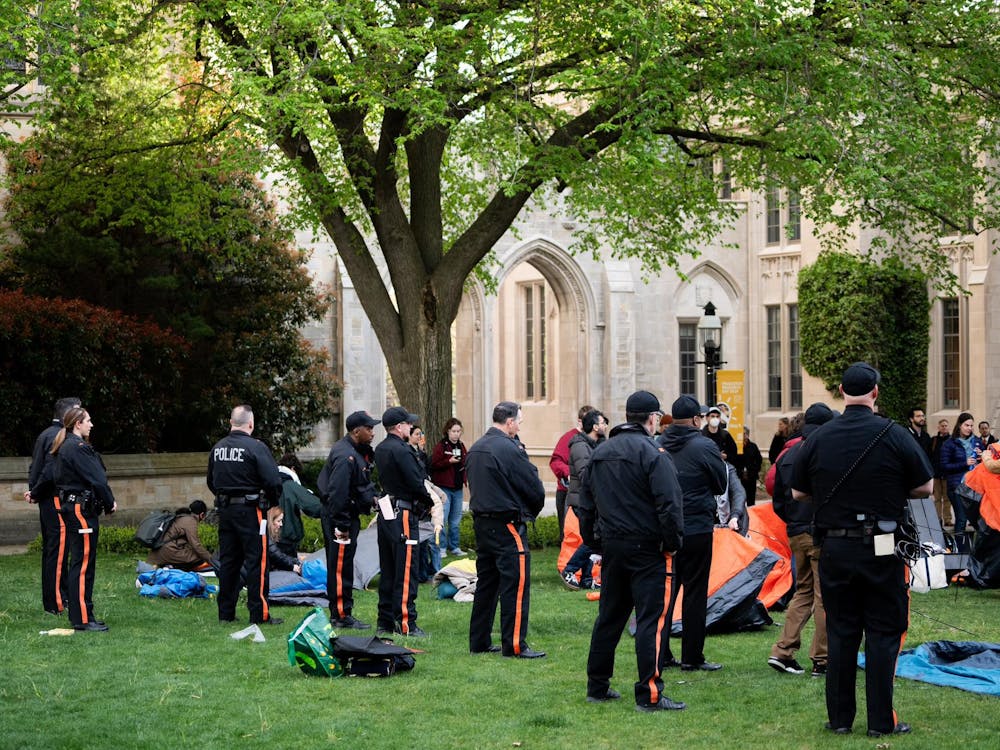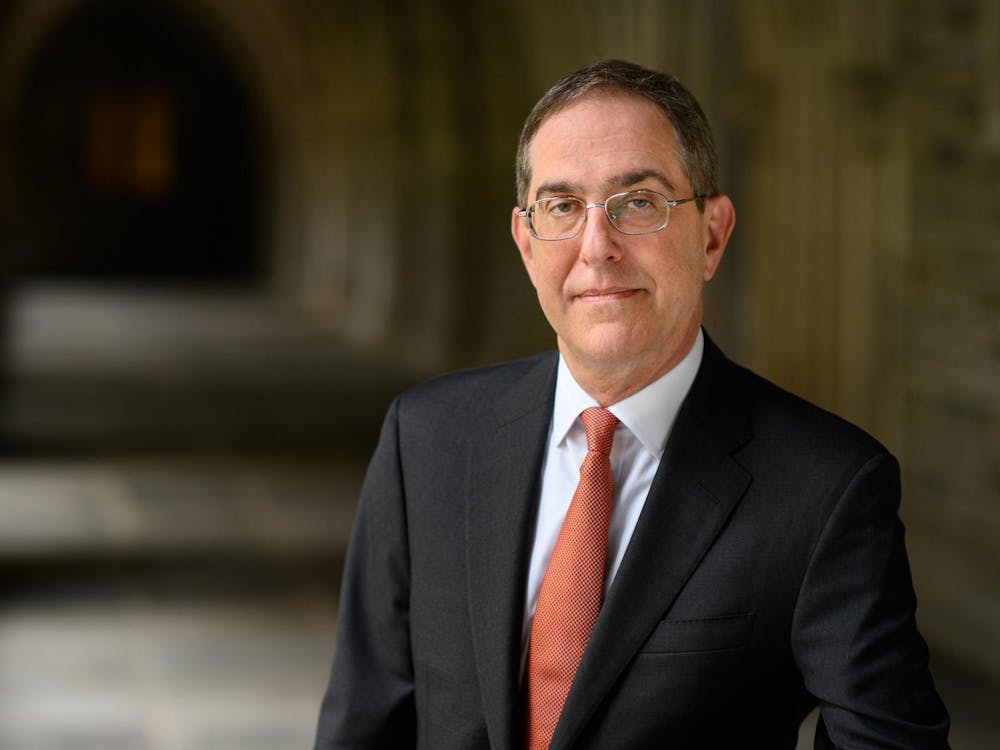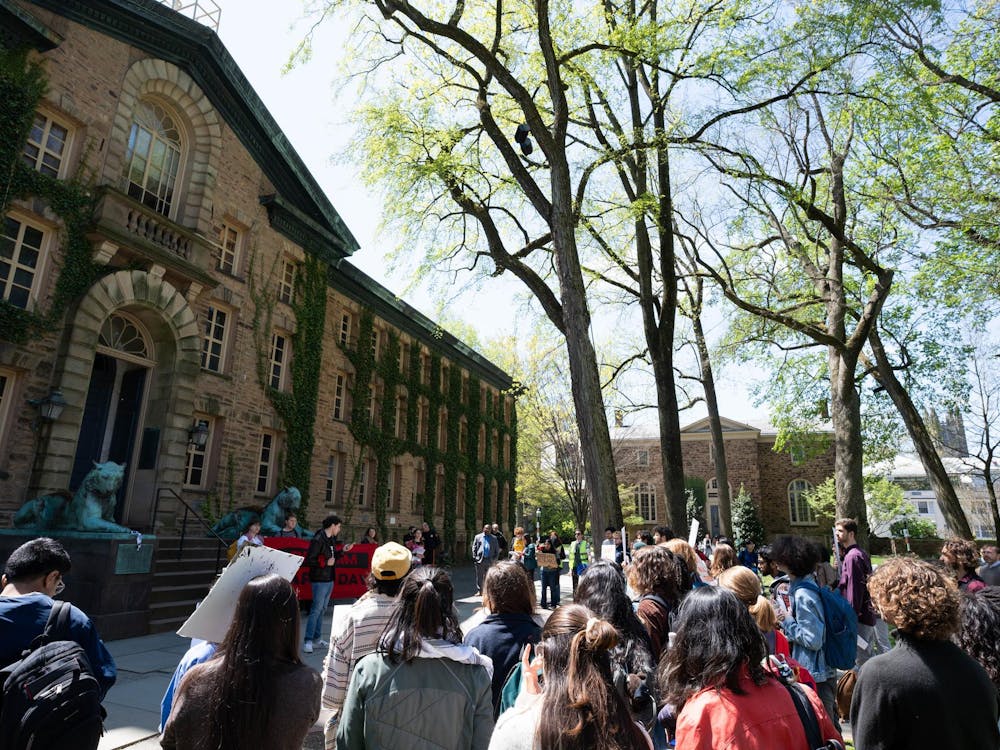What exactly does “discrimination” mean? Considering how prominently it features in American history and modern social policy, you might imagine the definition to be fairly well-settled. However, two related but distinct definitions of discrimination have been quietly battling in the legal world for decades, largely unseen by the general public. While this definitional debate may seem technical and legalistic, the stakes are high: when applied outside the narrow field of judicial interpretation, both definitions call for far-reaching but mutually contradictory courses of action. This makes it vital for anyone who considers himself or herself an informed citizen to understand the meanings and consequences between these opposed theories of discrimination.
The first definition, known as “disparate treatment” theory, is likely more familiar to most people. In this theory, when a person or policy treats people differently based solely on their membership of a “protected class” (e.g. race, gender and, more recently, sexual orientation), illegal discrimination has occurred. Disparate treatment jurisprudence is what brought about desegregation of public accommodations in the South, as well as the ending of gender-selectivity in our own eating clubs in 1990.
The second definition is known as “disparate impact” theory and isn’t quite so clearly defined. Subscribers to this theory hold that illegal discrimination need not have any such overt intent; rather, it occurs whenever a policy, neutral or otherwise, ends up having systematically different effects across protected classes. A key example of the disparate impact theory’s application can be seen in Equal Employment Opportunity Commission v. Freeman(2013) in which the EEOC alleged that the use of criminal background and credit score checks for hiring purposes was illegal because of its “discriminatory effect” on African Americans, Hispanics and males. While this case was shot down, largely because of its cherry-picked and dishonest evidence, it is indicative of the EEOC and other organizations’ belief that racially neutral, rational policies are discriminatory if they cause a disparate impact.
While these theories have their minor wins and losses in lower courts, the Supreme Court compromises between them: if a plaintiff proves that a policy leads to a disparate impact, the defendant must demonstrate that the policy is a “necessity” or “manifestly related” to their business. At the highest judicial level, then, they are reconciled — disparate impact raises red flags for disparate treatment but is not discrimination per se.
However, popular discourse is never so consistent and clear-cut. Indeed, it seems that many who wouldn’t recognize the phrase “disparate impact” implicitly accept this definition of discrimination. The number of arguments that point out disparate impact without an attempt to demonstrate disparate treatment seems to grow every day: partisans present aggregate statistics broken down on protected class lines about wealth, salary, incarceration rate, life expectancy, etc., but end their arguments there. To the extent that people consider these differences across protected classes to be wrongs in and of themselves, it seems they are implicitly adopting disparate impact theory.
The problem with emphasizing disparate impact in this way is that the United States prides itself on being multicultural — a pluralist society with no orthodox culture or value system. Further, cultures tend to divide along protected class lines: for obvious reasons, most cultures today are made up of people from similar ethnic backgrounds. While sometimes cultural differences are fed by disparate treatment, past or present, many cultural differences exist apart from any kind of discrimination: the National Criminal Justice Reference Service’s “Potential Cross-Cultural Pitfalls and Dangers” presents a fascinating overview of differences in communication style, values and worldview by culture. Logically, if cultures are allowed to prescribe their own value systems and modes of behavior, cultural pluralism will lead to systematic differences in the behavior of different groups of people.
It is here that the irreconcilability of the two definitions of discrimination is most clearly seen. As long as cultures tend to divide people along protected-class lines, leading to different patterns of behavior, it is impossible to advocate for multiculturalism while demanding an end to both disparate impact and disparate treatment. Any two make the third impossible: if we seek to apply policies neutrally (i.e. without disparate treatment) to a multicultural society, these policies will cause disparate impacts because of differing cultural attributes; if we want neutral policies to have equal impacts across protected classes, we must stamp out cultural differences; and if we desire equal impacts of policies for a multicultural society, we must give different groups disparate treatment. Fitting such neat logic to the messy realities of society is a radical simplification; regardless, the inconsistency of upholding all of these three goals at once is clear.
Our own school provides testament to the tension between disparate treatment and impact. Princeton adopts something like the disparate impact theory, albeit for a different reason. Rather than considering differences across protected class lines to be discriminatory, the administration tries to achieve parity between groups because of an avowed commitment to “diversity” and “inclusivity” for ostensibly educational purposes. “Diversity,” to the Trustee Ad Hoc Committee On Diversity, is “a precondition for academic excellence.” This drive to balance University participation along protected class lines has led to unquestionable disparate treatment in admissions, as pointed out by Newby Parton in another of his much-maligned columns, among others. Clearly, the University has found that it cannot achieve equal impacts with uniform policies when dealing with a heterogenous population.
The irreconcilability of these three cornerstones of liberal social policy by itself says nothing about what ought to be done. Certainly, those policies which seek to end explicit discrimination benefitting privileged groups — disparate treatments deepening disparate impacts — should continue to be refined and strengthened. However, the endgame is very much in question: if we can’t achieve all three goals, which do we focus on? How do we balance them? It is imperative that this debate happen, both in the public sphere and in the minds of the policy-makers of tomorrow.
Steve Swanson isa Computer Science major from Vienna, Va. He can bereached at sswanson@princeton.edu.







